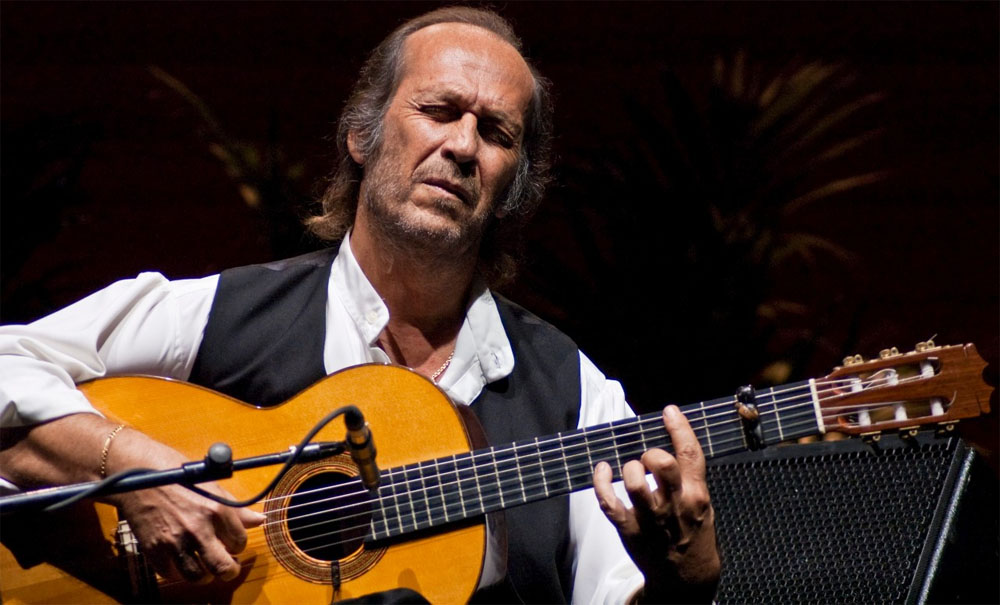History of Flamenco Guitar
The history of Flamenco guitar is a style of guitar playing that originated from the Andalusian region of southern Spain, particularly in the regions of Andalusia, Extremadura, and Murcia.
Flamenco guitar is closely associated with the flamenco genre of music and dance.
The history of flamenco guitar can be traced back to the 18th century when it was primarily played as accompaniment for flamenco singing and dancing. However, the exact history of the flamenco guitar is not well-documented, and much of its early development remains a subject of debate among historians.
Some believe that the guitar was introduced to Spain by the Moors during their occupation of the Iberian Peninsula, while others argue that it was already present in the region before the Moorish influence.
Regardless of its origins, the guitar became an integral part of flamenco music by the 19th century.
In the early years, flamenco guitar playing was characterized by simple chord progressions and strumming techniques. As the art form evolved, guitarists began to incorporate more complex finger-picking patterns, melodic lines, and rhythmic variations. This led to the development of different flamenco guitar styles or “palos”, each with its own distinct characteristics and techniques.
One of the most influential figures in the history of flamenco guitar is Paco de Lucía. He revolutionised the genre by introducing new techniques and expanding the possibilities of the instrument. His virtuoso playing style and innovative compositions helped elevate flamenco guitar to new heights and gained international recognition.
Today, flamenco guitar continues to be a vibrant and evolving art form. It is taught and practised by musicians all over the world, and its influence can be heard in various genres of music beyond traditional flamenco. The intricate techniques, passionate rhythms, and expressive melodies of flamenco guitar make it a captivating and enduring musical tradition.
